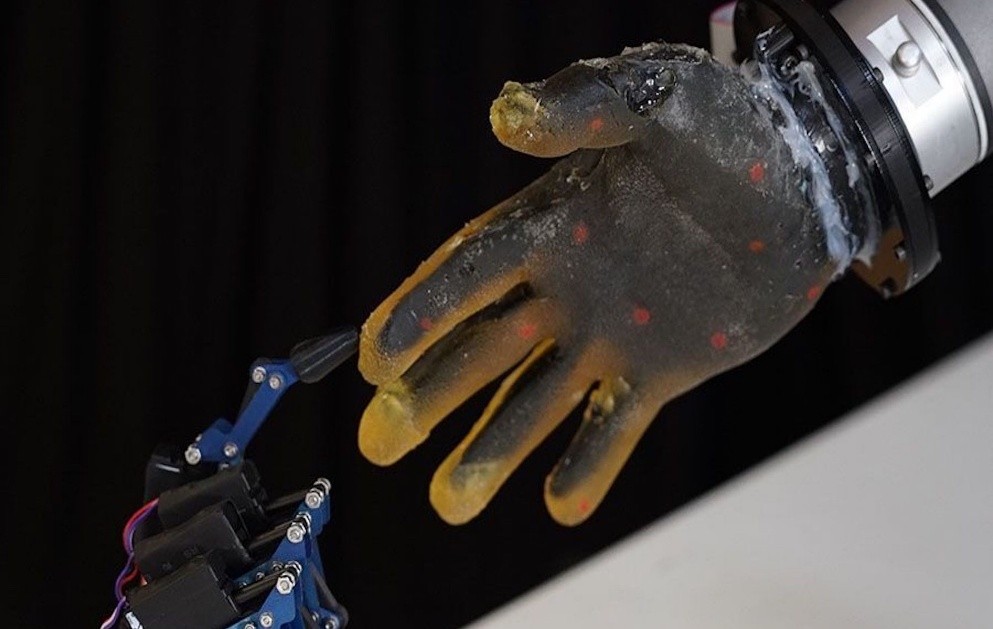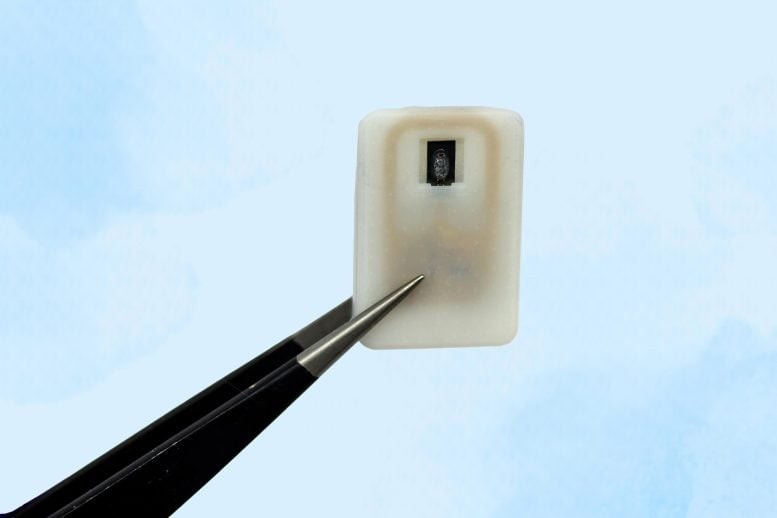Toothpaste Using Proteins Derived from Human Hair May Help Prevent Decay and Regenerate Tooth Enamel
Toothpaste Made from Human Hair Protein Could Repair Enamel and Prevent Decay
A new kind of toothpaste made from human hair may soon transform dental care, offering both clinical benefits and a sustainable solution. Researchers at King’s College London have found that keratin—a protein found in hair, skin, and wool—can help rebuild tooth enamel and halt early decay.
The breakthrough comes as dentists raise alarms over rising rates of enamel erosion worldwide, fueled by acidic diets, processed foods, and ageing. Younger populations are especially at risk as sugary drinks and lifestyle factors accelerate tooth wear. Unlike bone or hair, enamel does not regenerate, making its loss permanent.

Figure 1. Toothpaste made from human hair.
The study revealed that keratin interacts with minerals in saliva to create a protective coating that mimics natural enamel. In laboratory tests, keratin-based treatments not only stopped decay but also sealed exposed nerve channels, reducing sensitivity. Compared to traditional fluoride toothpaste—which slows erosion—keratin produced a denser mineral layer, providing both structural reinforcement and pain relief, potentially lowering the need for fillings or crowns in early cases.
For the research, the team extracted keratin from wool [1]. Once applied to the tooth surface, the protein formed a crystal-like scaffold that attracted calcium and phosphate ions over time, gradually building a durable, enamel-like shield.
“This technology bridges biology and dentistry, creating an eco-friendly biomaterial that mirrors natural enamel formation,” said Sara Gamea, PhD researcher at King’s College London and lead author of the study.
Keratin Toothpaste Could Offer Natural, Sustainable Dental Repair
According to lead researcher Sara Gamea, keratin can be sustainably sourced from biological waste such as hair and skin. Unlike conventional dental materials that rely on synthetic plastic resins—which are often toxic and prone to wear—keratin offers a safer, more durable alternative.
“Keratin also looks far more natural than these treatments, as it can closely match the original color of teeth,” Gamea explained. This natural appearance could make dental repairs less noticeable, boosting both patient satisfaction and clinical outcomes. Figure 1 shows Toothpaste made from human hair.
The research team predicts that keratin-based enamel regeneration could become available to the public within two to three years. Delivery methods may include daily-use toothpaste or a professionally applied gel, similar to nail varnish, for more targeted repair.
The approach reflects a circular, waste-to-health model, transforming discarded biological material into high-value medical applications. This reduces dependence on synthetic resins and helps address growing concerns around fluoride use and sustainability in dentistry.
Dr. Sherif Elsharkawy, senior author of the study, highlighted the broader implications: “We are entering an exciting era where biotechnology enables us not only to treat symptoms but to restore biological function using the body’s own materials.” With the right collaborations, the team hopes to see keratin-based treatments integrated into mainstream dentistry in the near future.
Reference:
- https://interestingengineering.com/innovation/hair-protein-toothpaste-repairs-enamel
Cite this article:
Keerthana S (2025), Toothpaste Using Proteins Derived from Human Hair May Help Prevent Decay and Regenerate Tooth Enamel, AnaTechMaz, pp.360















